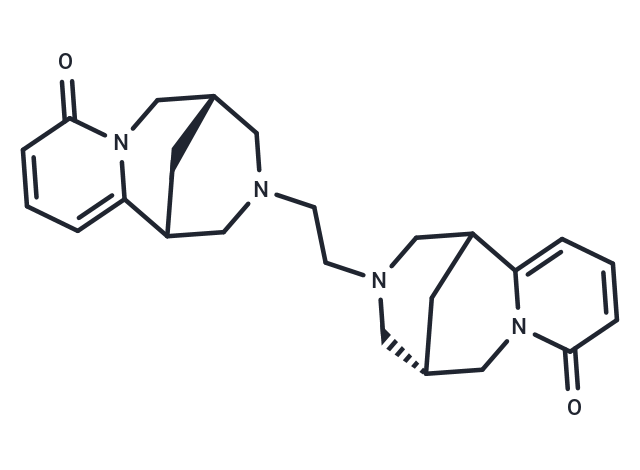Shopping Cart
- Remove All
 Your shopping cart is currently empty
Your shopping cart is currently empty

High affinity and subtype selective α6β2 and α4β2 partial agonist (Ki values are 12 and 26nM for rat α6β2 and α4β2 receptors respectively). Has low affinity for α3β4 and α7 receptors (Ki values are 4.8 and 13 μM for human α3β4 and rat α7 receptors respectively). Stimulates dopamine release from striatal slices in vitro. Attenuates nicotine-induced self-administration and conditional place preference in rats.

| Pack Size | Price | Availability | Quantity |
|---|---|---|---|
| 50 mg | Inquiry | 35 days |
| Description | High affinity and subtype selective α6β2 and α4β2 partial agonist (Ki values are 12 and 26nM for rat α6β2 and α4β2 receptors respectively). Has low affinity for α3β4 and α7 receptors (Ki values are 4.8 and 13 μM for human α3β4 and rat α7 receptors respectively). Stimulates dopamine release from striatal slices in vitro. Attenuates nicotine-induced self-administration and conditional place preference in rats. Sala et al (2013) CC4, a dimer of cytisine, is a selective partial agonist at α4β2/α6β2 nAChR with improved selectivity for tobacco smoking c Br.J.Pharmacol. 168 835 PMID:22957729 |Riganti et al (2005) Long-term exposure to the new nicotinic antagonist 1,2-bisN-cytisinylethane upregulates nicotinic receptor subtypes of SH-SY5Y human neuroblastoma cells. Br.J.Pharmacol. 146 1096 PMID:16273122 |Carbonnelle et al (2003) Nitrogen substitution modifies the activity of cytisine on neuronal nicotinic receptor subtypes. Eur.J.Pharmacol. 471 85 PMID:12818695 |
| Alias | CC4 |
| Molecular Weight | 406.52 |
| Formula | C24H30N4O2 |
| Cas No. | 492-02-4 |
| Storage | Powder: -20°C for 3 years | In solvent: -80°C for 1 year | Shipping with blue ice. |
| Solubility Information | DMSO: Soluble |

Copyright © 2015-2025 TargetMol Chemicals Inc. All Rights Reserved.